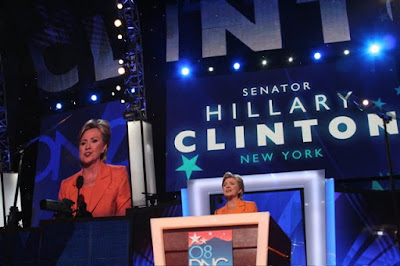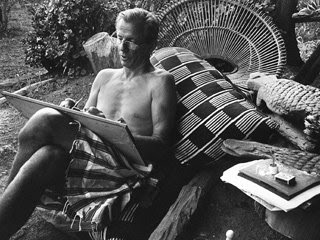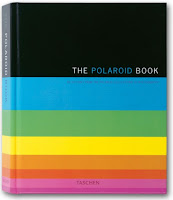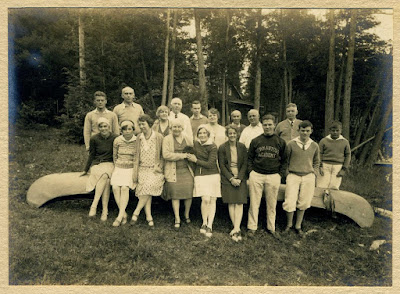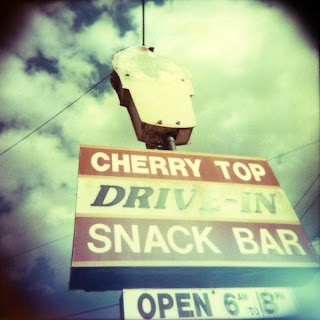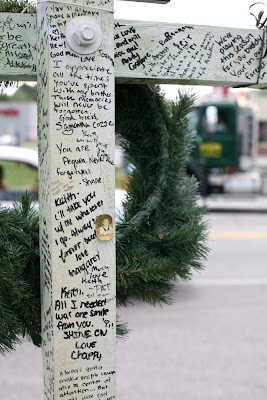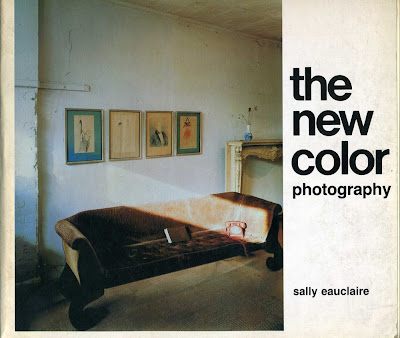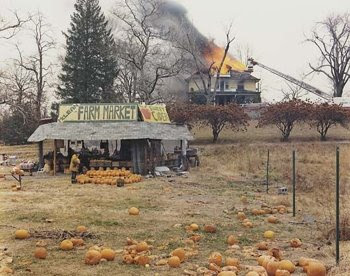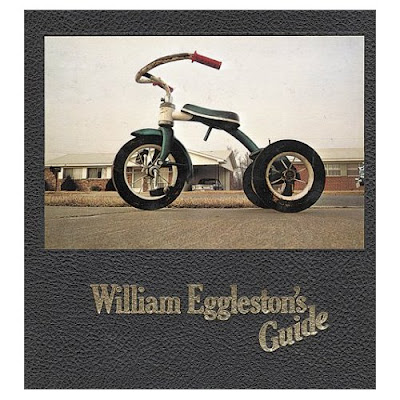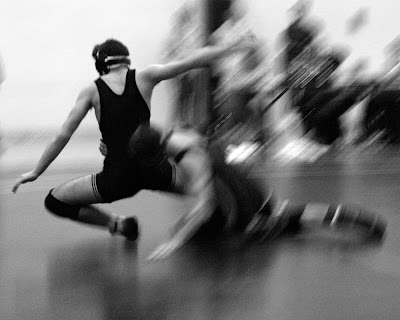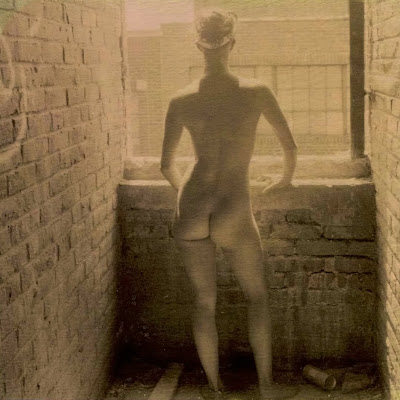
Young Farmers in their Sunday Best, August Sander (1913)
An early example of conceptual art, August Sander begins to blend his portraiture work with documentary elements. I love the element of a moment in time that this image conveys, as if Sander has simply asked these men to glance his way for a quick snapshot. (while in reality, this is certainly a carefully staged photograph). John Berger opens his essay The Suit and the Photograph with the question...
"What did August Sander tell his sitters before he took their pictures? And how did he say it so that they all believed him in the same way?"
I have often wondered that same question regarding many photographers, and I think the subtle conversation between photographer and subject can be as much a determining factor to the image as the camera setting are.The subject fascinates me, and I love stories that relate the personal interaction between photographer and subject, such as Dorothea Lange's 1960 essay, The Assignment I'll Never Forget, in which she relates the experience of shooting her iconic Migrant Mother photograph.
"I did not ask her name or her history. She told me her age, that she was 32. She said they had been living on frozen vegetables from the surrounding fields, and birds that the children killed. She had just sold the tires from her car to buy food. There she sat in that lean-to tent with her children huddled around her, and seemed to know that my pictures might help her, and so she helped me. There was a sort of equality about it."
We have no way of knowing what Sander said to his subjects, and yet they all seem to look at the camera in the same way throughout his large body of portraits, and all seem to have been willing to help him achieve the incredible historical social documentary record that have been such an important part of the recognition of photography as art.
